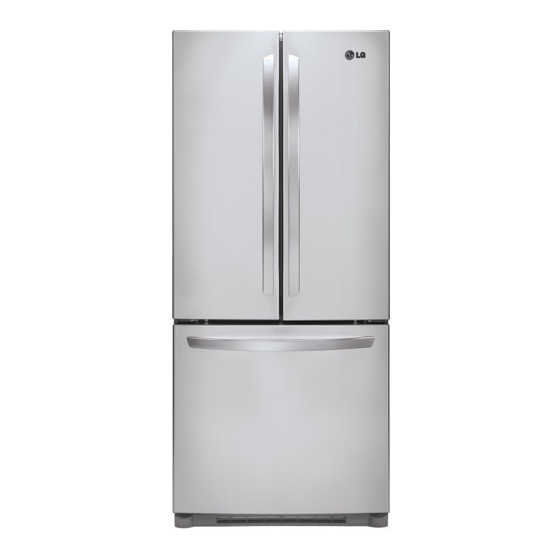
LG LFC20770SB Service Manual
Hide thumbs
Also See for LFC20770SB:
- Owner's manual (58 pages) ,
- Manual de usuario (30 pages) ,
- Specifications (2 pages)







Need help?
Do you have a question about the LFC20770SB and is the answer not in the manual?
Questions and answers
Water accumulation under the freezer
Water accumulation under the freezer in an LG LFC20770SB refrigerator can be caused by air and humidity inside the package condensing and forming ice crystals. If these crystals melt, they may cause water buildup. Additionally, condensation from improperly cooled warm foods or poor ventilation during freezing may contribute to water accumulation.
This answer is automatically generated